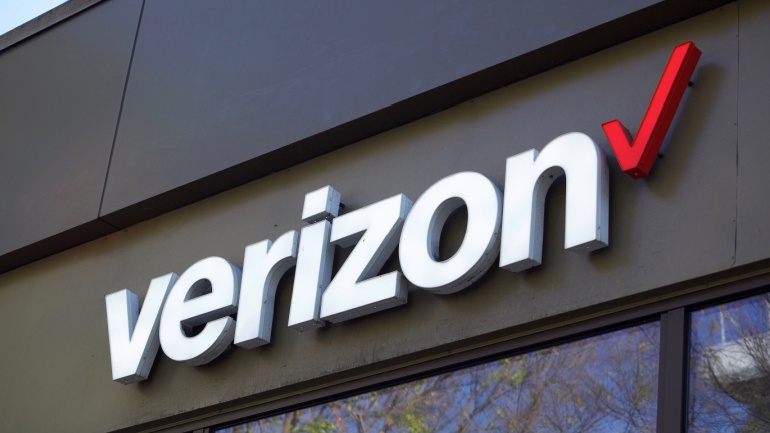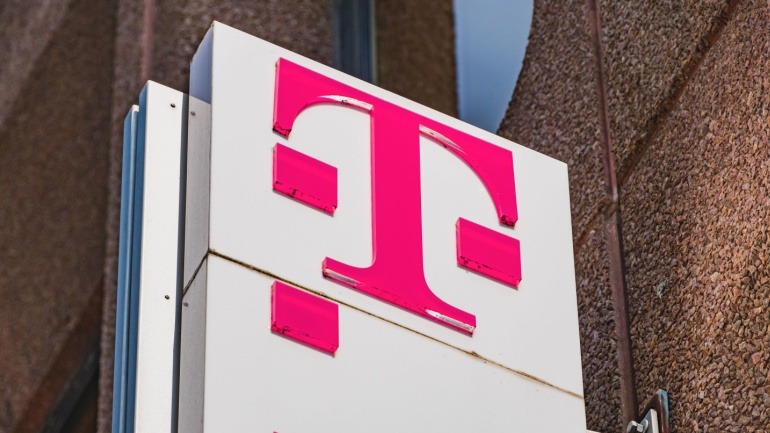Chinese engineers have developed technology to sever undersea communication cables, sparking concerns over potential sabotage. Patents for devices intended to cut cables, including one by Lishui University, suggest a cost-effective method for disruption.
SK Telecom is set to launch Aster, an AI-powered personal agent, in March 2025 for North American users. Debuted at CES 2025, Aster excels in life management by blending generative AI with intent-based assistance.
Verizon Business is revolutionizing communication infrastructure at multiple US Air Force bases, enhancing 4G and 5G networks. This strategic initiative not only boosts connectivity but also showcases Verizon’s commitment to network solutions within military operations.
Nokia Bell Labs is pioneering lunar communication through the Lunar Surface Communication System with Intuitive Machines. This 4G/LTE network will power seamless connectivity for upcoming lunar missions, enhancing communications for exploration vehicles.
Deutsche Telekom’s strategic move to merge national and international wholesale operations into T Wholesale aims to meet growing global demand for telecom solutions. This unification enhances service offerings, providing a comprehensive portfolio including IPX, fiber optics, and cutting-edge 5G solutions.
Telefonica’s 5G network now covers over 90% of Spain’s population. The expansion, particularly in the 3.5 GHz and 700 MHz bands, ensures widespread, reliable connectivity. This progress not only enhances consumer experiences but also fuels industrial innovation.
Morse Micro, an Australian semiconductor firm, is enhancing IoT solutions with Wi-Fi HaLow technology. In collaboration with Vantron Technology, they aim to produce Wi-Fi HaLow-enabled IoT products, including modules, access points, and IP cameras, expanding connectivity.
Exciting news in the world of VoIP! The FCC now permits unlicensed Very Low Power devices across the 6 GHz band. This expansion supports next-gen solutions like AR and VR, wearables, and more, promising high speeds and minimal interference for seamless connectivity.
TransPennine Express partners with MLL Networks to revolutionize rail connectivity through advanced VoIP technology and SD-WAN solutions. This initiative promises enhanced network security, resilience, and bandwidth, ensuring seamless communication across regions. MLL’s expertise integrates dual circuit and Fortinet firewalls, optimizing VoIP performance and passenger experience in the transportation sector.
The new edge data center in Pilbara is revolutionizing local industries’ data processing capabilities, eliminating the 1,600-kilometer trek to Perth. This cutting-edge facility, initiated by NEXTDC and Vertiv, addresses latency issues and empowers sectors like mining with metro-level compute power and advanced cloud services.













